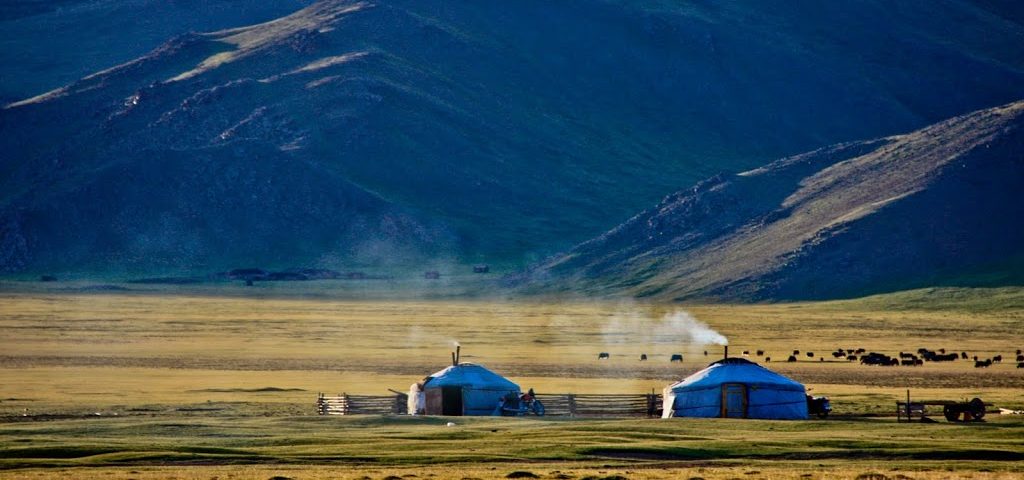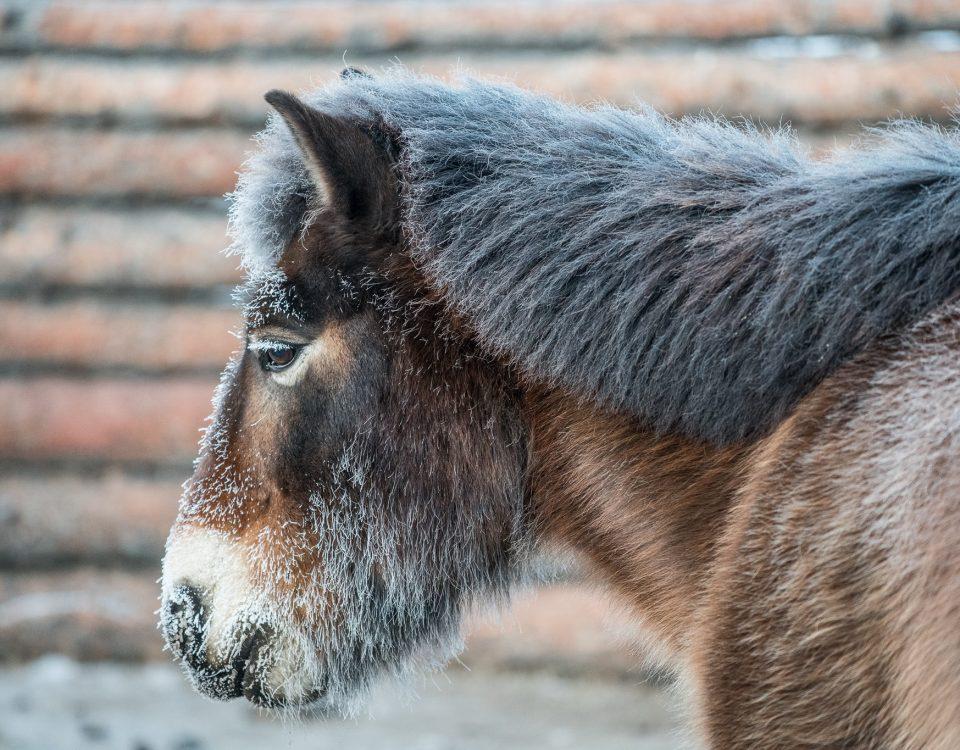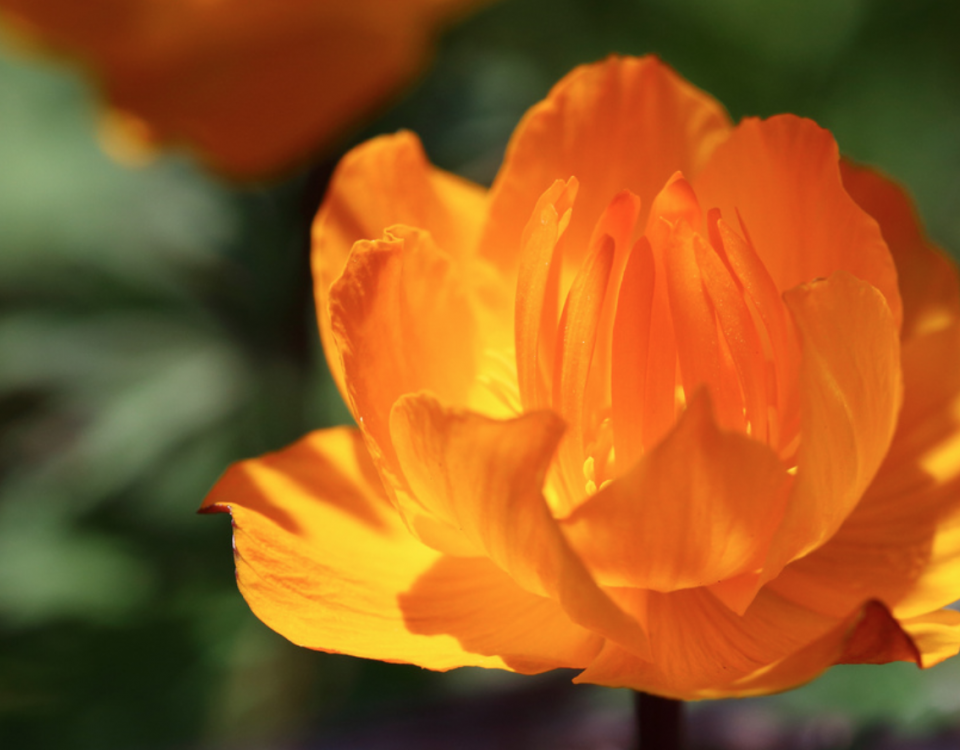The Mongolian Ger

Mongolia Archery Workshop
July 29, 2019
Reasons To Visit Mongolia
August 29, 2019The Mongolian Ger
If there was a tick-list for experiences that travellers look for on their visit to Mongolia then sleeping in a Mongolian ger would be pretty close to the top. However, when sleeping in a ger or even visiting a family ger there is very much an etiquette that has to be followed. Here are a few facts and some ger rules to help your visit.
According to the most recent (Population and Housing) Census (2020) in Mongolia, there are 897.4 thousand households in Mongolia. Of these, 342 409 live in gers. In Ulaanbaatar, over 60% of the urban population lives in the city’s semi-formal, unplanned ger districts that surround the city to the north, west and east. Throughout the ger districts, you will see two main types of housing, the traditional ger and self-built detached houses.
- The word ‘ger’ is Mongolian for home – the word ‘yurt’ comes from the old Turkish for ‘dwelling place’.
- The ger has had an influential role in shaping the Mongolian character and Mongolian family life. The small confines prevent privacy but compel families to interact and to share everything. Life in a ger tightens the relationship between relatives – making families stronger.

- The door of a ger will always face south. The orientation of the ger is symbolically important to Mongolians as a ger is regarded as the centre of the universe, as well as a microcosm within it. The doorway facing south allows for light and warmth of the southern sun to come through the doorway as well as preventing the mainly north-north-west wind from entering, thus providing protection.

- The main components of a Mongolian ger are the wooden framework and the felt cover. The number of lattice walls determines the size of the ger with most herders’ gers having five or six lattice walls although there is no limit on the number of walls. Felt (made from sheep wool) and canvas provide the insulation and cover with the top of the ger having a felt flap that can be pulled over the roof ring during inclement weather. The lattice wall sections (khana) of gers are made from a light pliable wood such as willow and tied together with strips of leather.

- The structure of a Mongolian ger includes the roof wheel or crown (tono) which allows air to circulate and the chimney to pass through. The roof ribs are called uni.
All of the individual components are tied together around the outside with a tension band that provides a ger with its immense strength. When compression comes down on the roof in the form of rain or snow, the tension band responds by pulling in and up on the rafters. The shape of a ger also makes it extremely wind-resistant because the wind flows around it.
- Depending on the size, a ger can easily be collapsed, dismantled and packed away in a few hours prior to a herding family starting their migration. Learn more about the migration process on our Mongolian nomads’ migration post.

- Guests usually move in a clockwise direction when entering a ger – following the direction of the sun from sunrise to sunset. The west (left) is usually where saddles, bridles and other items associated with men’s work are situated. The east (right) is usually where food and cooking implements are situated – the women’s side of the ger.
Learn more about the culture of modern Mongolia in this guide created by the team @responsible_travel that we helped to create https://www.responsibletravel.com/holidays/mongolia/travel-guide/modern-culture-in-mongolia

- Traditional ornamental patterns including auspicious symbols are a primary form of decoration in a ger – you will find these patterns on the door, the ger supports and other furniture. Orange is the main colour – the colour of joy, energy and warmth. You will see designs of the Buddhist Swastika and lions, tigers, dragons and the mythical Garuda. There are also stylised representations of the five elements. Patterns used in embroidery, bedcovers and tablecloths are usually symbols of beauty and nature such as flowers or butterflies. The Buddhist ‘Knot of Eternity’, a geometric design, is also frequently used.

- As you walk through the door, you should notice the stove/fire – the central feature. On either side of the stove are the two central support columns. Try not to lean on them or pass something between them as it may cause bad luck. The two central posts are said to support the ger, like a husband and wife support the family and also represent the past, present and future.
- Within the Mongolian ger, it is not rude to come and go as you please nor is sitting on beds considered offensive; these double as seats even if someone is sleeping in one. If you’re in need of one, taking a short nap is considered perfectly acceptable.
Admittedly, that’s quite a lot to think about in a short afternoon visit. The best thing you can do is relax, try to be aware of your actions and make sure to enjoy what will probably prove to be one of the highlights of your visit to Mongolia.





